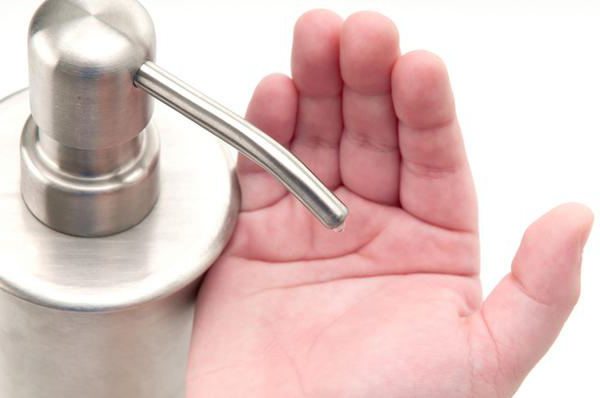Streptococcus bacteriophage
Bacteriophage streptococcal is available in the form ofsolution for topical administration and oral administration. The medicine is capable of lysing (destroying) bacteria. In particular, the bacteriophage streptococcal is active in relation to streptococci, enterococci.
Indications for the use of the drug are: (otitis, pleurisy, sinusitis, pharyngitis, pneumonia, laryngitis, tonsillitis, bronchitis, tracheitis), gastrointestinal tract (dysbacteriosis, cholecystitis, gastroenterocolitis), urogenital (colpitis, urethritis, endometritis, cystitis, salpingo-oophoritis, cystitis) and surgical (mastitis, burns, purulent carbuncle wounds, abscesses, panaritium, phlegmon, osteomyelitis, bursitis, paraproctitis) infections, inflammatory, purulent pathologies of infants and newborns (pyoderma, omphalitis, sepsis, gastroenteritis ocolitis), generalized septic diseases. For the prevention of bacteriophage streptococcal is used in the treatment of freshly infected and postoperative lesions, according to epidemic indications - to prevent the development of nosocomial infection.
Contraindications to the use of the drug is hypersensitivity to its components.
Bacteriophage streptococcal. Instructions
With enterocolitis, dysbiosis, pathologyinternal organs - inside before meals for an hour three times a day. Dosing in a single dose: after eight years 30ml, up to eight of three years - 20 ml, up to three from a year - 15 ml, up to a year from six months - 10 ml, up to six months - 5 ml. In the form of an enema (rectally) once a day in combination with oral administration (two times). From eight years 50 ml, up to eight from three - 40 ml, up to three from a year - 30 ml, up to a year from half a year - 20 ml, up to six months - 10 ml.
In the treatment of inflammatory, purulent diseases withlocalized lesions for seven to twenty days locally. If the cavity of the pathological focus was treated with chemicals, the wound should be washed with a sterile solution before applying Bacteriophage.
Treatment of purulent lesions is carried outappliqués, irrigation, drainage introductions at least once a day, bandages. After removal of the purulent contents abscess from the dissection, the bacteriophage streptococcal is introduced in a volume smaller than the amount of pus removed.
Introduction to the drained cavity is carried out 20-200 times per day.
When osteomyelitis Bacteriophage is used for 10-20 ml. The introduction is carried out by means of drainage, turunda.
Inflammatory, purulent gynecological lesions are treated with 5-10 ml daily once. Introduction is carried out in the vagina, the uterine cavity.
Purulent, inflammatory lesions of ENT organs are treated with 2-10 ml to three times a day. The introduction is made in the cavity of the nose, ear (middle).
Bacteriophage is used for rinsings, rinsings, instillations.
With sepsis, enterocolitis neonates(premature, including) put high enemas (through a catheter or gas pipe) up to three times a day. In the absence of a negative reaction in the child (regurgitation, vomiting), the bacteriophage is mixed with milk (thoracic) and applied inside. The duration of therapy is up to fifteen days (minimum five). For the prevention of diseases with intrauterine infection or the likelihood of nosocomial infection in infants Bacteriophage used enemas twice a day for at least five days (a maximum of a week).
Use of the drug allows the reception of othermedicines, including anti-inflammatory and antibacterial. According to the use of Bacteriophage, streptococcal responses are usually positive. This drug has a minimum of contraindications and side effects. According to experts, the greatest effectiveness of phagotherapy is the accurate preliminary determination of the phage sensitivity of the pathogen.












